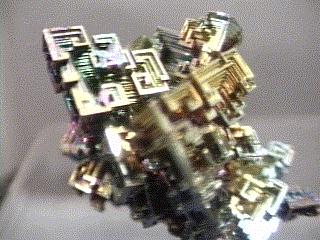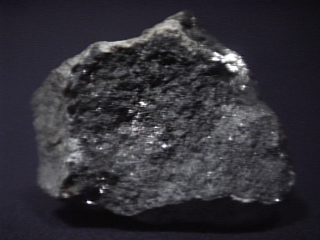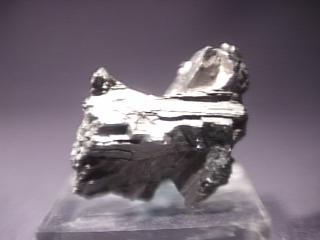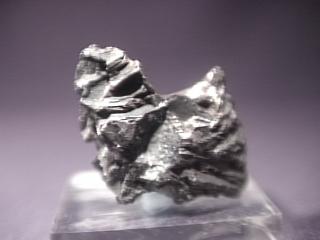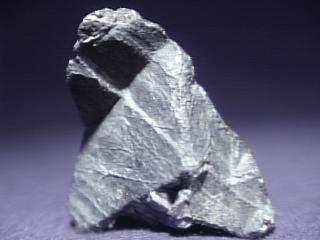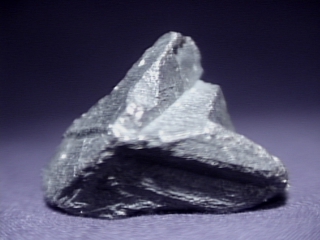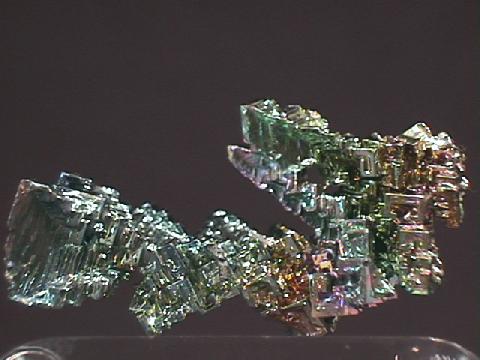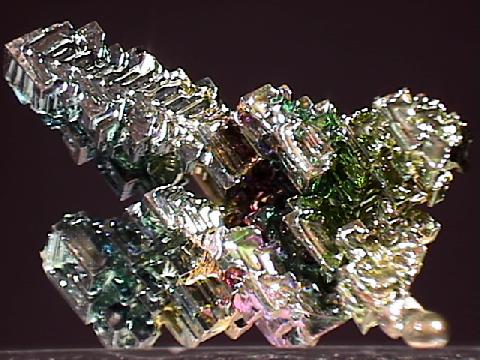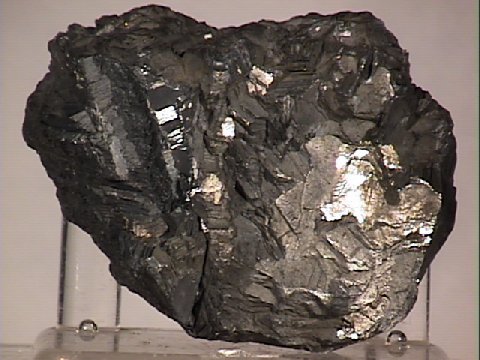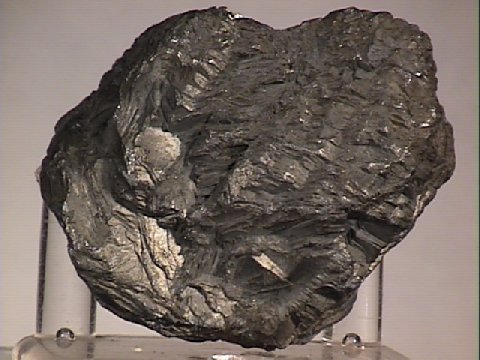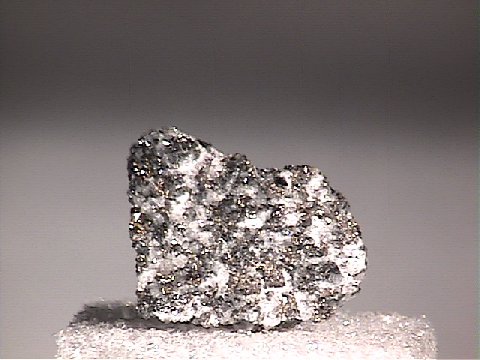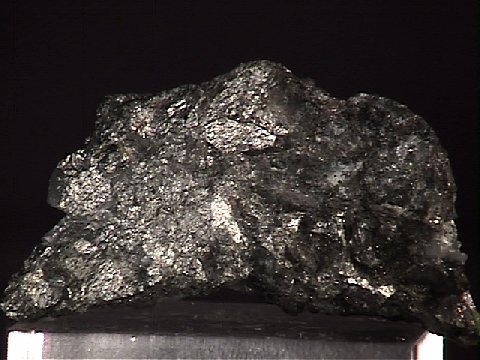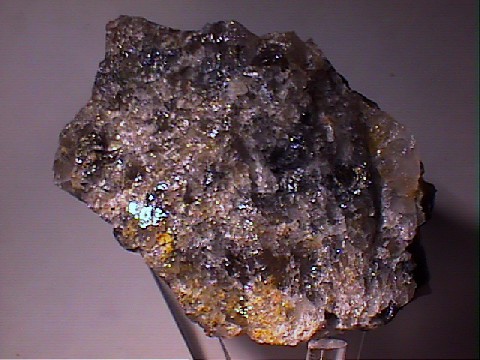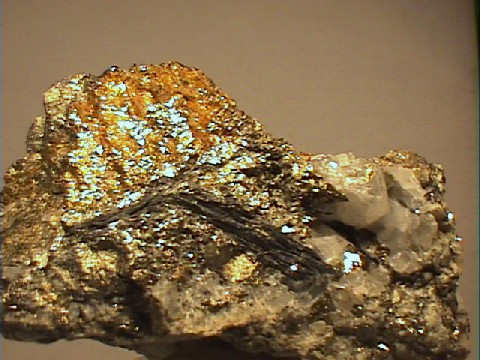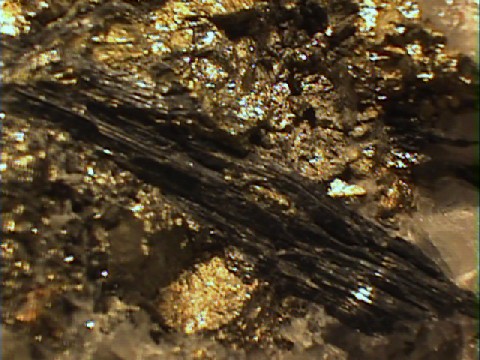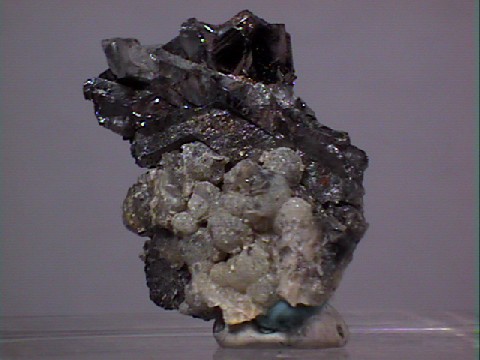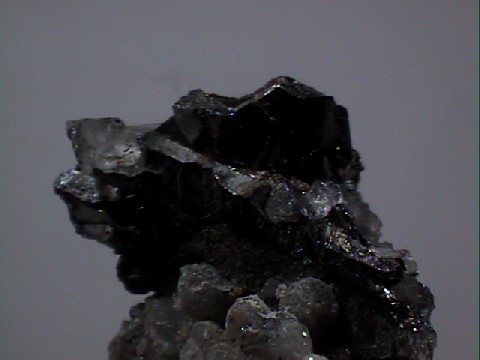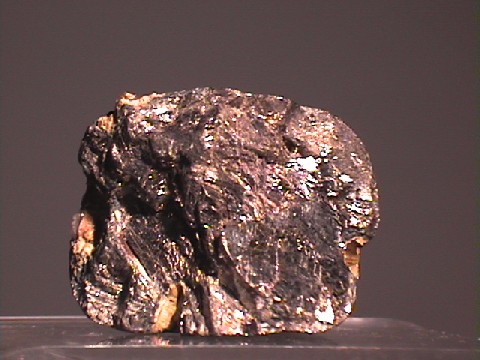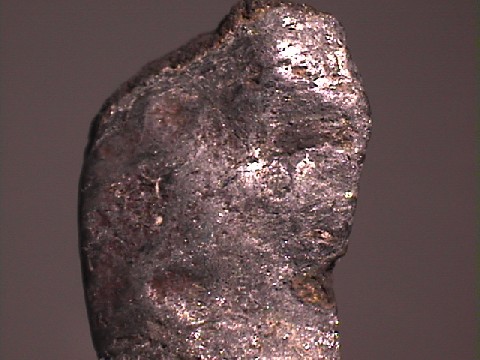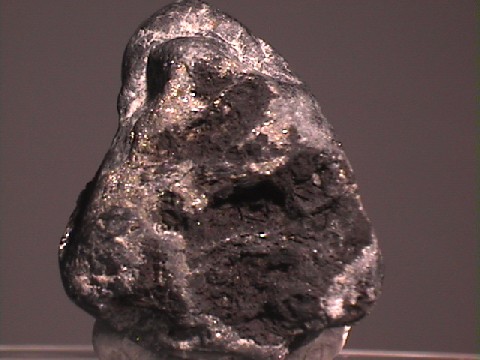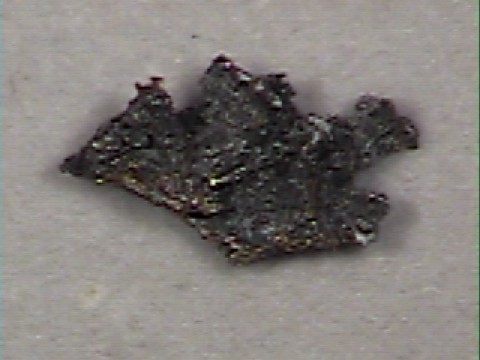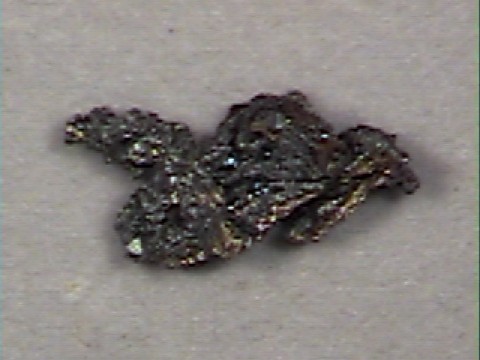 THE MINERAL BISMUTH
THE MINERAL BISMUTH
- Chemistry: Bi, Elemental bismuth
- Class: Elements
- Group: Arsenic
- Uses: An ore of bismuth and as mineral specimens.
Specimens
Of interest to hobbyists are the pseudocubic "hopper" crystals that are always present on the laboratory produced specimens, they are not seen in but only the rarest of natural crystals. Hopper crystals are a unique crystallographic curiosity Just the edges extend outward from the center of the crystal leaving hollow stairstep faces between these edges. The hopper crystals form due to the disparity of growth rates between the crystal edges and the crystal faces.
PHYSICAL CHARACTERISTICS:
- Color is silver white often with a multi-colored iridescent tarnish.
- Luster is metallic.
- Transparency: Crystals are opaque.
- Crystal System is trigonal; bar 3 2/m
- Crystal Habits include mostly massive foliated forms in natural specimens, although there do exist some well formed natural crystals they are rather scarce. Laboratory grown crystals display trigonal hopper crystals that appear pseudocubic.
- Cleavage is perfect in one direction (basal)
- Fracture is uneven or jagged.
- Hardness is 2 - 2.5
- Specific Gravity is 9.7 - 9.8 (unusually heavy even for metallic minerals)
- Streak is silver to white.
- Other Characteristics: striations on cleavage surfaces.
- Associated Minerals include bismuthinite and ores of cobalt and silver found in hydrothermal veins such as cobaltite and acanthite.
- Notable Natural Occurrences include Australia; San Baldomero and La Paz, Bolivia; Devon, England; Germany and South Dakota, Colorado and California, USA.
- Best Field Indicators are tarnish, density and cleavage. Hopper crystals in laboratory specimens are unmistakable.

